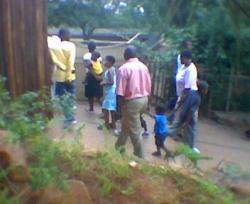
It is estimated that at least 75% of preterm infants would survive with appropriate treatment, and the survival rate is highest among the infants born the latest in gestation. Evidence does not support the usefulness of bed rest. Preterm birth may be prevented in those at risk if the hormone progesterone is taken during pregnancy. There may be certain medical reasons for early delivery such as preeclampsia. For a healthy pregnancy, medical induction of labor or cesarean section are not recommended before 39 weeks unless required for other medical reasons. Risk factors include diabetes, high blood pressure, multiple gestation (being pregnant with more than one baby), being either obese or underweight, vaginal infections, air pollution exposure, tobacco smoking, and psychological stress. The cause of spontaneous preterm birth is often not known. The earlier a baby is born, the greater these risks will be. Premature infants are at greater risk for cerebral palsy, delays in development, hearing problems and problems with their vision. Symptoms of preterm labor include uterine contractions which occur more often than every ten minutes and/or the leaking of fluid from the vagina before 37 weeks. These babies are also known as premature babies or colloquially preemies (American English) or premmies (Australian English).

Extreme preterm is less than 28 weeks, very early preterm birth is between 28-32 weeks, early preterm birth occurs between 32–36 weeks, late preterm birth is between 34–36 weeks' gestation.

Preterm birth, also known as premature birth, is the birth of a baby at fewer than 37 weeks gestational age, as opposed to full-term delivery at approximately 40 weeks. Birth of a baby at younger than 37 weeks' gestational age Ĭerebral palsy, delays in development, hearing problems, sight problems ĭiabetes, high blood pressure, Multiple gestation, obesity or underweight, a number of vaginal infections, celiac disease, tobacco smoking, psychological stress Ĭorticosteroids, keeping the baby warm through skin-to-skin contact, supporting breastfeeding, treating infections, supporting breathing


 0 kommentar(er)
0 kommentar(er)
